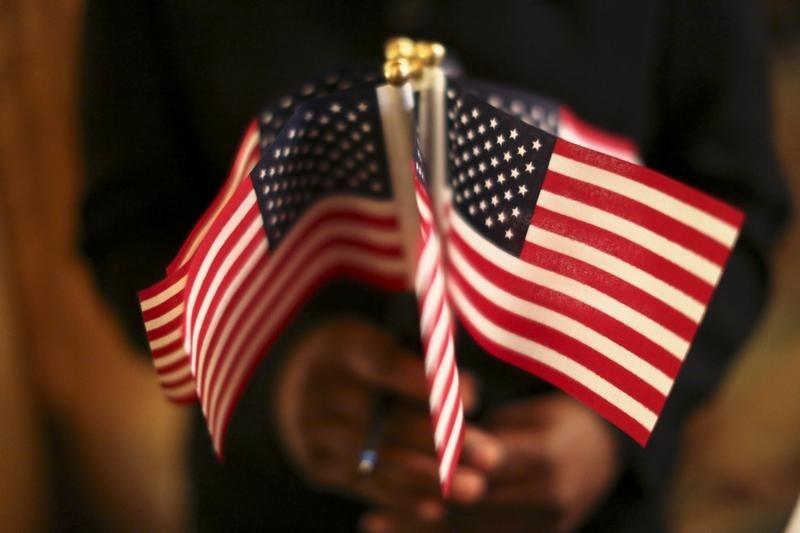Investing.com’s stocks of the week
By Laila Kearney
(Reuters) - West Virginia began fiscal 2018 with a shortfall of roughly $11 million in its $4.26 billion budget, after lawmakers voted to deplete the state's Rainy Day Fund and draw from public agencies to narrow the funding gap, Governor Jim Justice's office said on Wednesday.
The Appalachian state recently took $40 million from its reserve fund and found another roughly $60 million by squeezing cash out of state agency accounts to fill in a revenue shortfall for the last fiscal year, Nick Casey, the governor's chief of staff, told a news conference.
Drawing down these two sources of funds, however, did not create a sufficient cushion to enter the new fiscal year with a balanced budget, Casey said.
"As we finish this year, we don't look too good," he said. The new fiscal year began on July 1.
Lawmakers in West Virginia, which is rated AA-minus by S&P Global Ratings and Fitch Ratings and has a slightly higher rating of Aa2 from Moody's Investors Service, passed a $4.26 billion state budget in mid-June without the governor's signature.
Justice, a Democrat and longtime agriculture businessman worth about $1.6 billion, refused to veto the bill in order to avoid a government shutdown. The governor had asked for more spending in 2018.
Initial overestimates of revenue from personal income taxes, corporate net income taxes and consumer sales taxes were largely to blame for 2017's shortage, Casey said.
As a result of the $11 million gap, residents should expect cuts to public service departments, he said.
The West Virginia Department of Health and Human Resources and volunteer fire departments will be the first to face reductions as a result of the gap, Casey said.
Fairs and festivals, and the annual stocking of creeks and rivers for fishing, would also be vulnerable to cutbacks, he said.
"When you don't have $11 million, you have to find somewhere to get it," Casey said.
The one "bright spot" of the state's finances has been severance tax collections, paid largely by coal companies mining in the state, which came in about $58 million above estimates in the last four months, Casey said.
